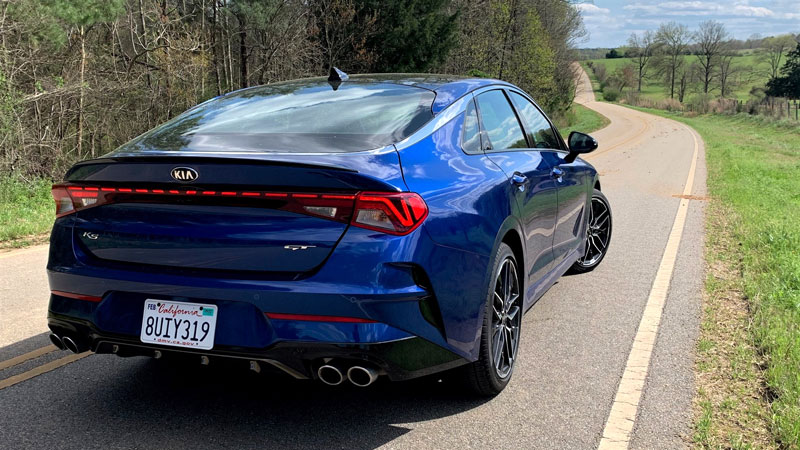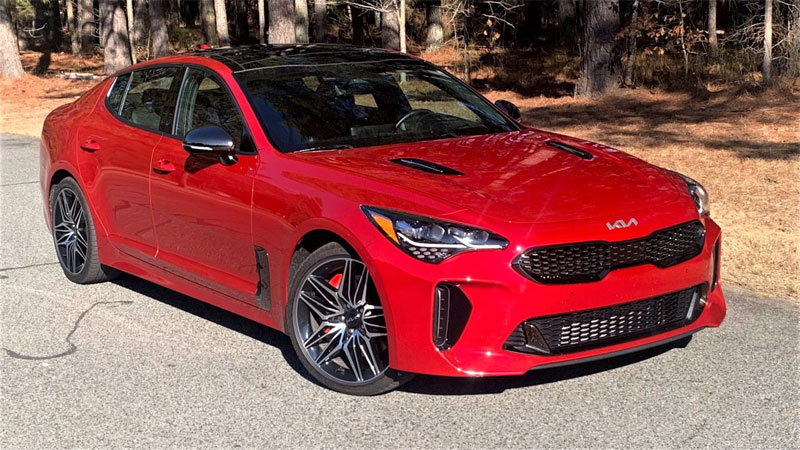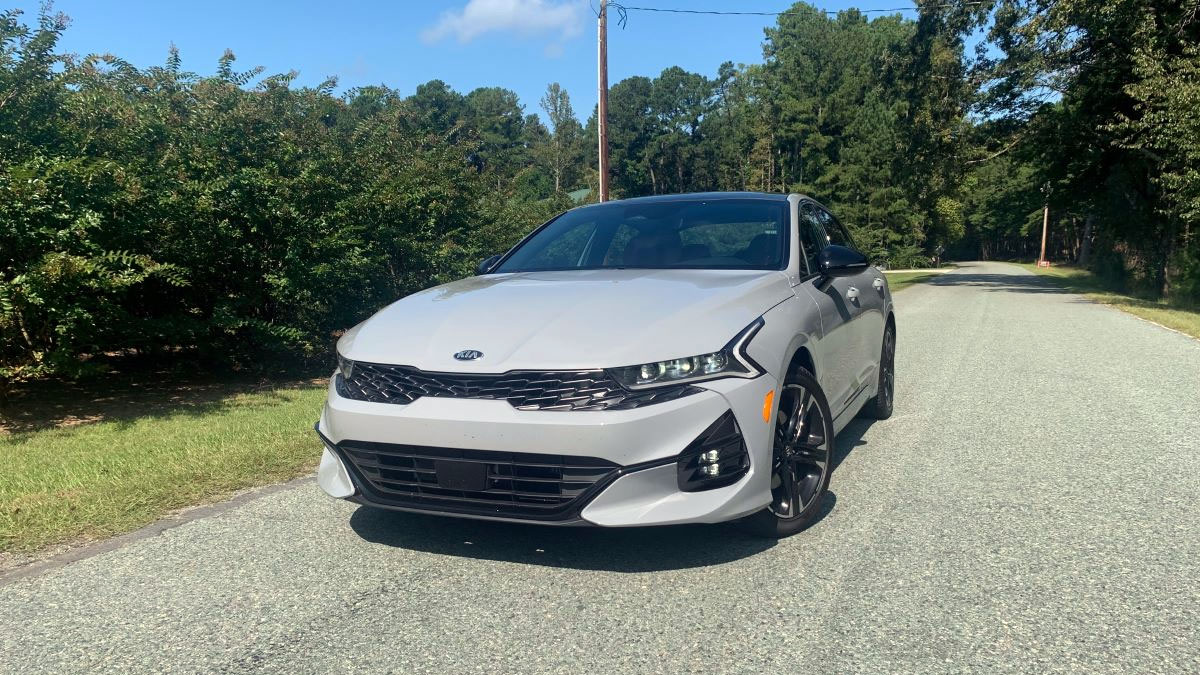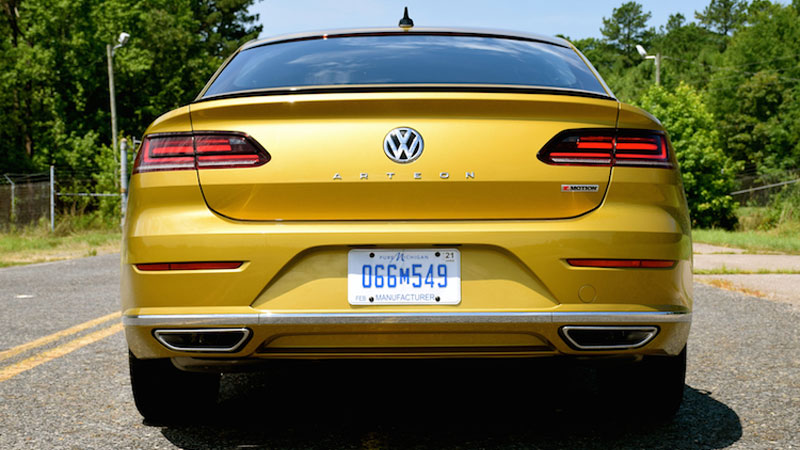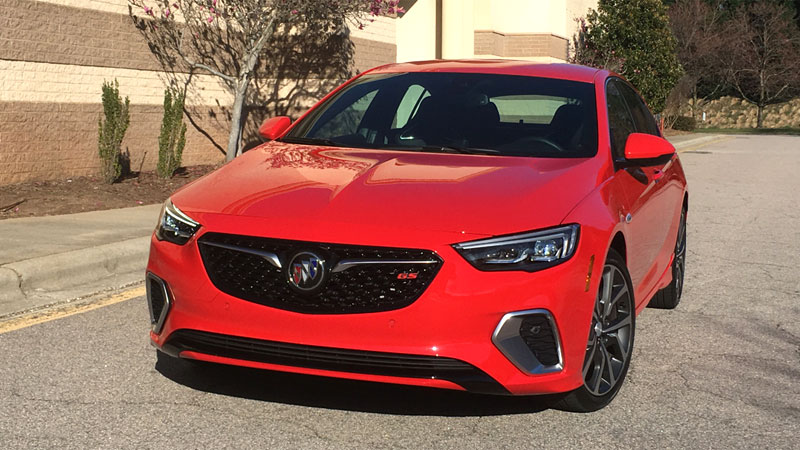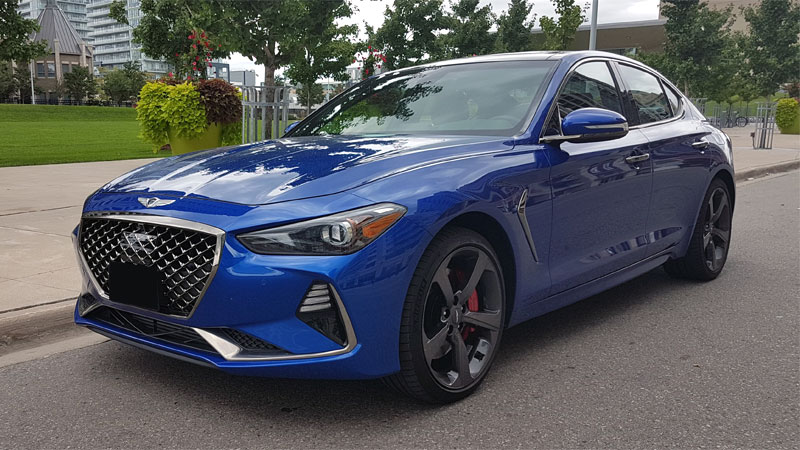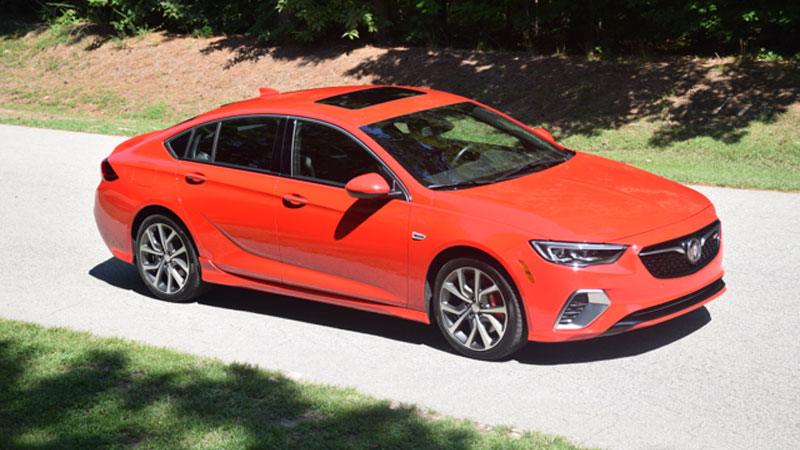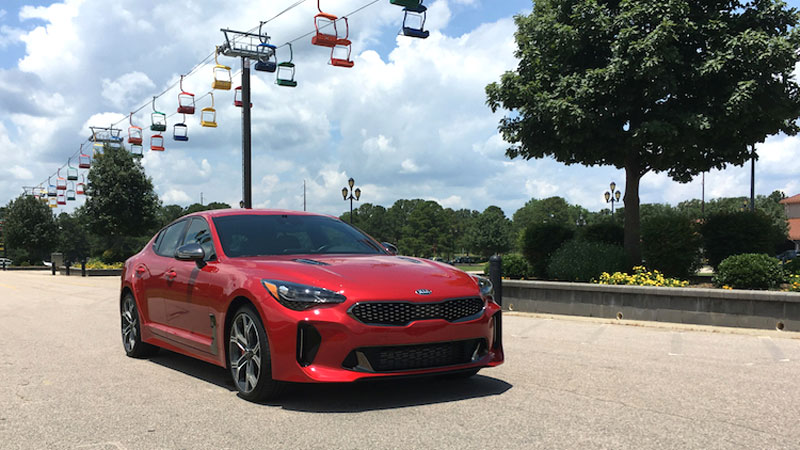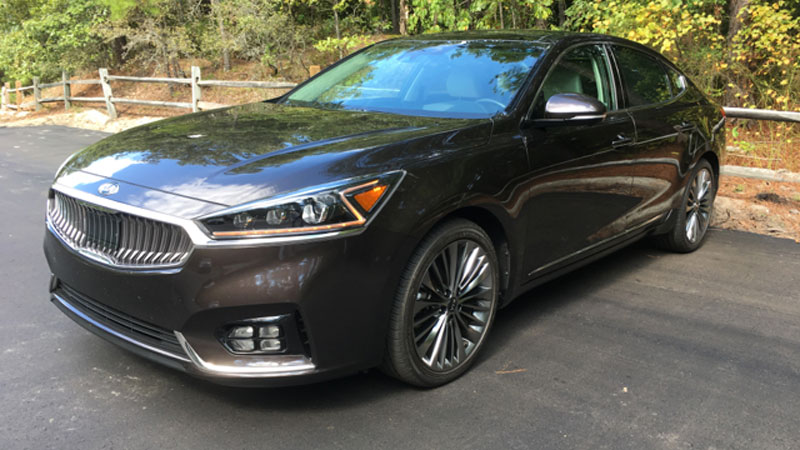Hyundai Motor Group to Drop 3 Sedans
Hyundai, Kia and the sedans that we love. The age of the sedan is fading away. In recent years, Ford, Dodge, Chrysler, Mitsubishi, Volkswagen, and Mazda have dropped one or more models. Demand for utility vehicles is one reason, but something else may be hastening the decline: the transition to … Read more

